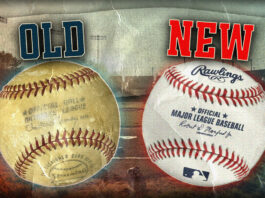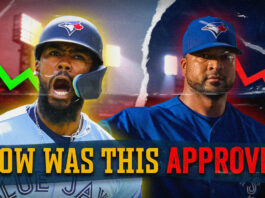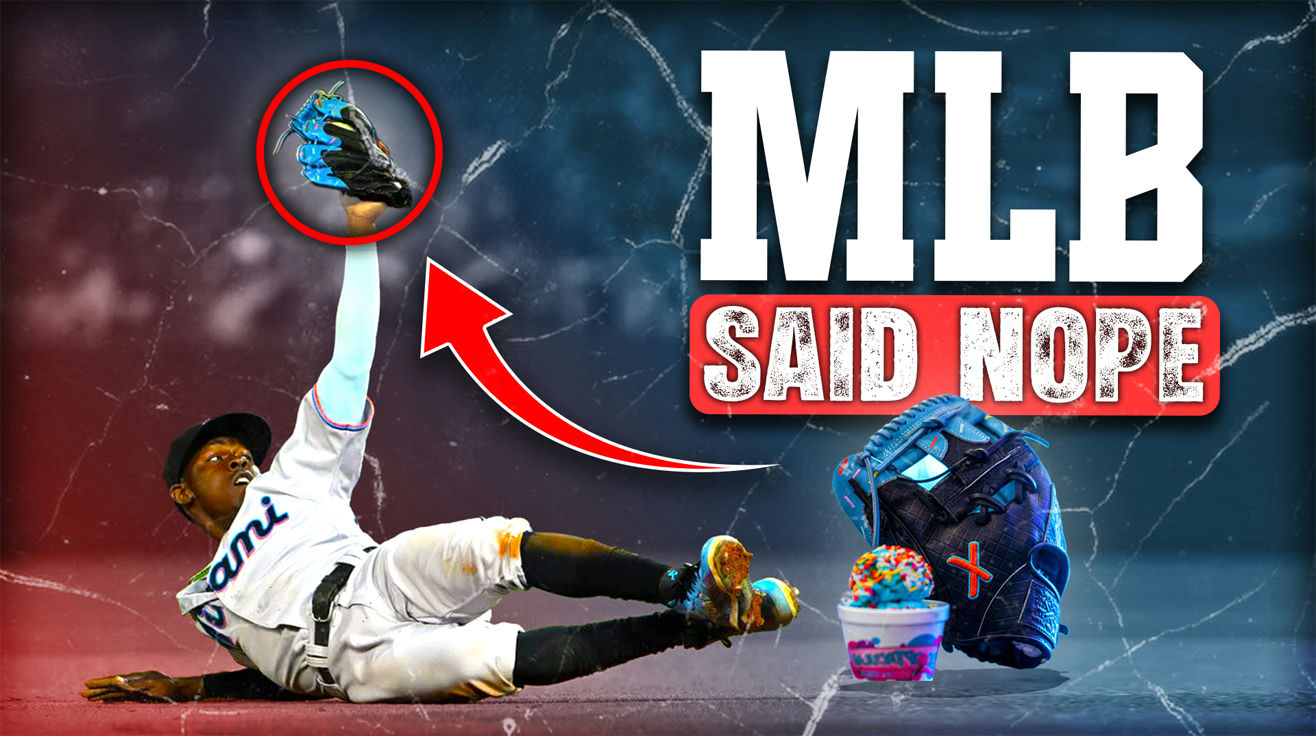
Baseball’s evolution resembles less a straight line and more a series of negotiations—between innovation and tradition, between competitive edge and fair play, between self-expression and uniformity. The stories behind MLB’s most controversial banned accessories reveal as much about the sport’s soul as the equipment that made the cut. Like a parent constantly adjusting house rules for increasingly creative teenagers, MLB has continually refined its boundaries in response to players pushing the envelope.
18. Tucupita Marcano’s Betting Scandal
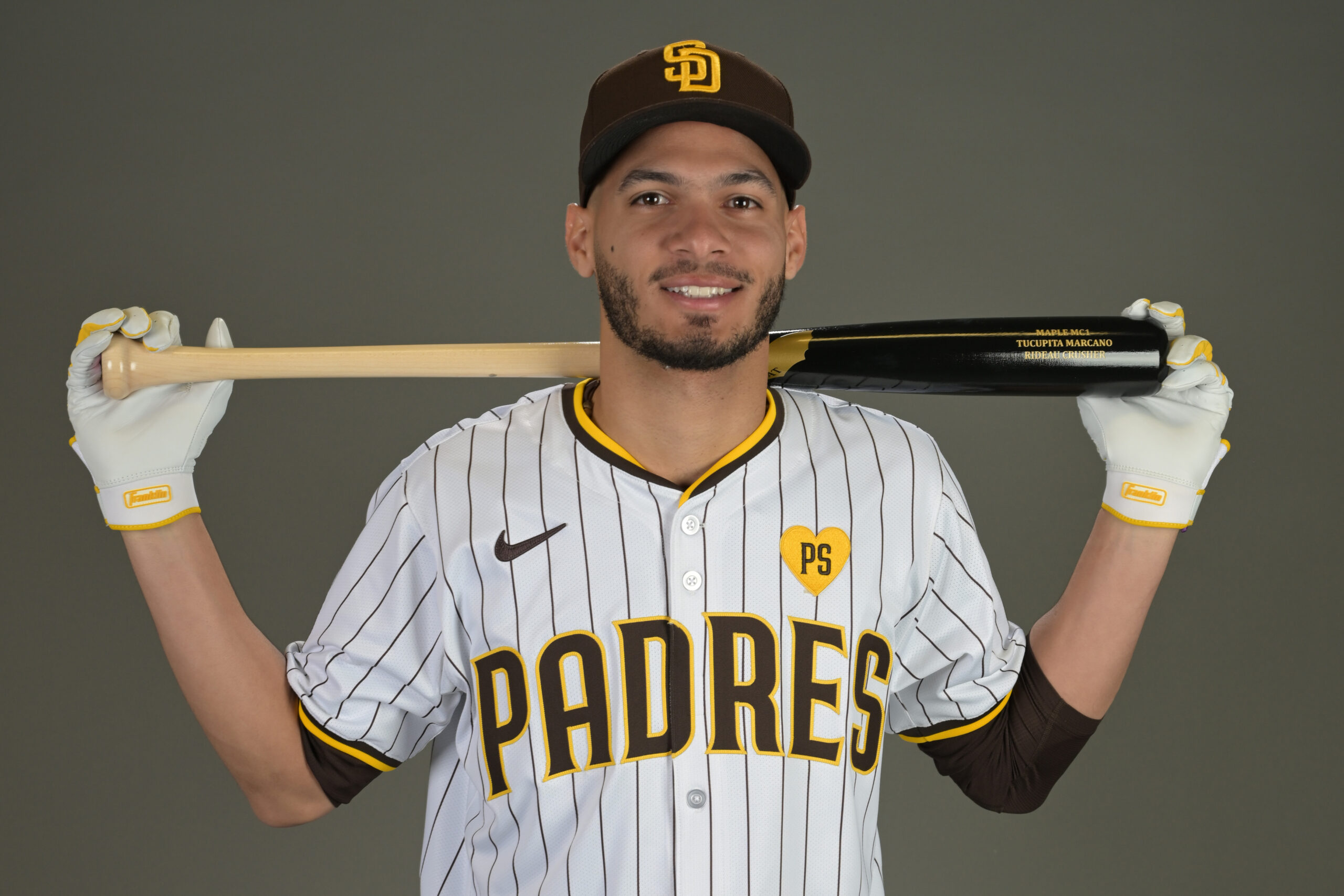
Baseball’s relationship with gambling has all the warmth and forgiveness of a New England winter. When Tucupita Marcano received his lifetime ban in 2023 for placing hundreds of wagers—including bets on baseball while actively playing for the Pirates—it represented the sport’s nuclear option.
Marcano’s gambling adventure was the equivalent of bringing a flamethrower to a no-fire zone. His remarkably poor betting record (losing approximately 93% of his wagers) only added a layer of tragic incompetence to his violations. The severity of his punishment echoes baseball’s institutional memory of the 1919 Black Sox scandal, a wound that, even a century later, the sport refuses to risk reopening. The strict enforcement of Major League Baseball’s rules regarding gambling is central to protecting the sport’s integrity, as highlighted in the league’s recent announcement of player suspensions for betting violations.
17. Steroid Era Controversies

The steroid era transformed baseball into something akin to a Marvel movie—suddenly ordinary humans were performing extraordinary feats that defied previous limitations. Home runs soared, biceps expanded, and record books were rewritten with chemical-enhanced ink.
What began as a thrilling display of superhuman power gradually morphed into a crisis of authenticity. The initial excitement of watching baseballs launched into orbit gave way to uncomfortable questions about what we were actually witnessing. Records that once seemed sacred—Maris’s 61, Aaron’s 755—fell with such frequency that the achievements lost their mystique.
The aftermath left baseball with a hangover of suspicion that persists today. Players who dominated during this period exist in a strange limbo—their statistics remain in the books, but many of their names remain outside Cooperstown’s walls, creating an unofficial asterisk more powerful than any symbol that could be printed in a record book.
16. Banning the Shift
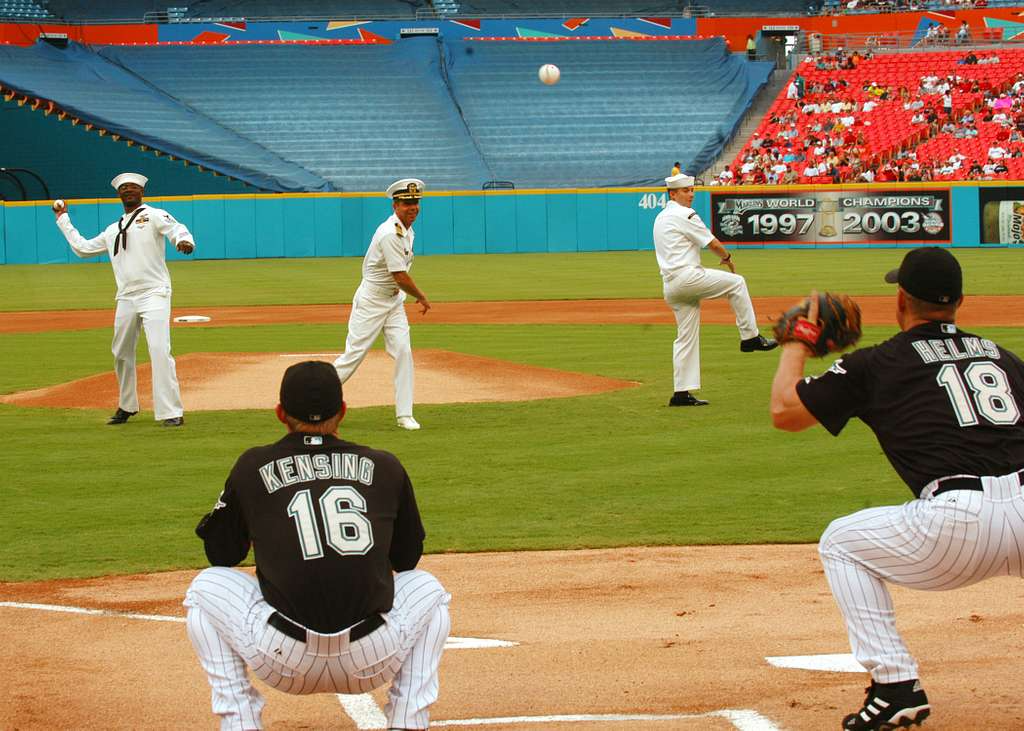
When MLB restricted defensive shifting in 2023, it represented one of the most significant rule changes in decades. The legislation against loading up one side of the infield wasn’t just about boosting offense—it was about preserving baseball’s fundamental balance.
The extreme shifts had turned the game into a binary exercise: either hit over the shift or directly into it. For left-handed pull hitters especially, the infield resembled a defensive wall that made batting averages plummet like tech stocks in a recession. The rule change acknowledged that while strategic innovation is welcome, it shouldn’t create a game where Ted Williams himself would struggle to hit .300.
The shift restrictions have already revitalized ground-ball hitting, creating more action and restoring value to contact skills that were being engineered into extinction. This intervention shows baseball’s willingness to course-correct when the pendulum swings too far in one direction.
15. Custom Cleats for Charitable Causes
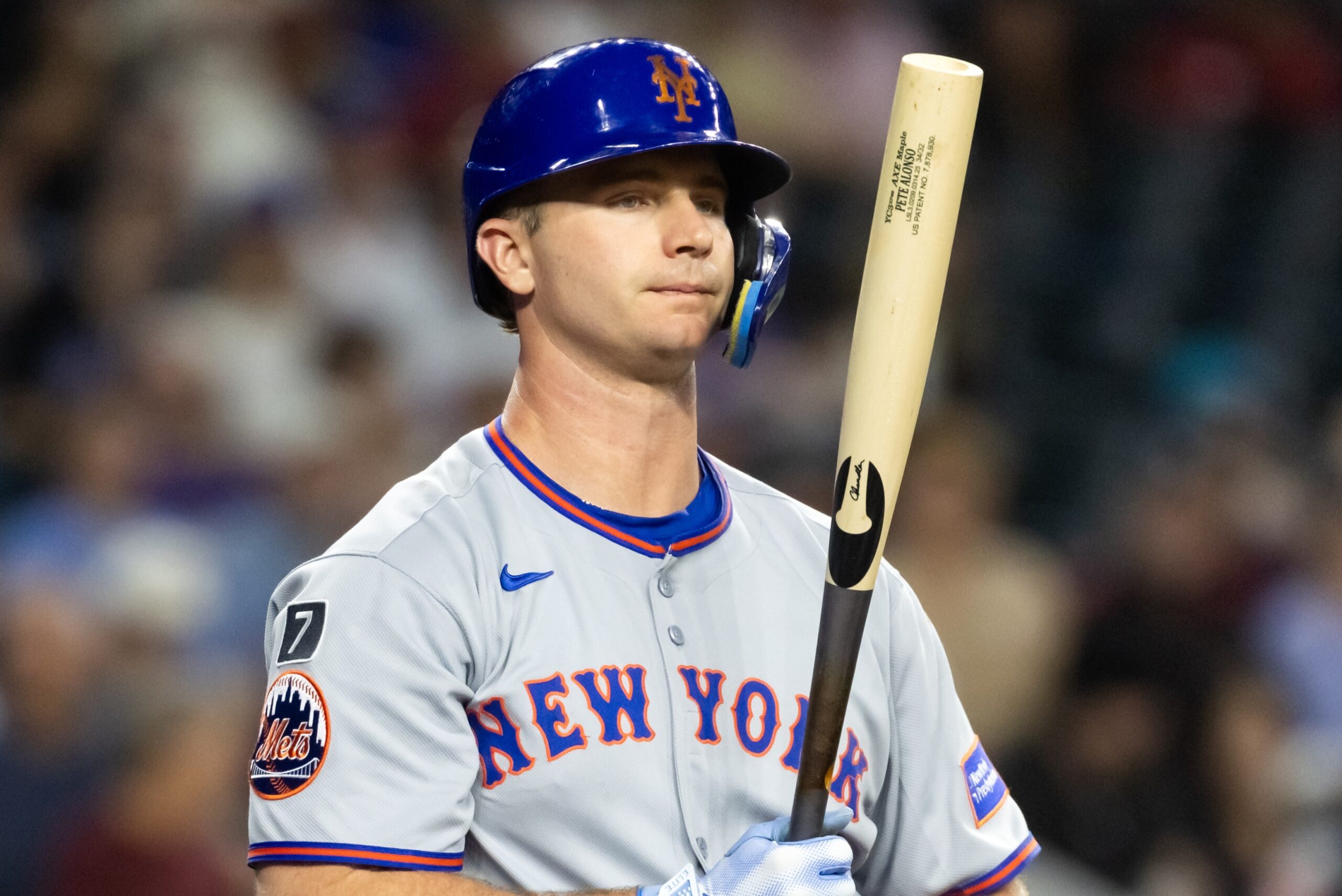
Baseball’s relationship with charitable expressions through footwear has been complicated at best. Players who design custom cleats supporting causes from cancer awareness to social justice often find themselves caught between personal conviction and MLB’s uniform policies.
The tension highlights a fundamental question: does a uniform code that promotes team identity necessarily have to restrict individual expression that serves a greater good? The league has gradually relaxed some restrictions, recognizing that allowing players to advocate for meaningful causes can enhance rather than detract from the game’s image.
These cleats controversies reflect broader cultural conversations about institutional rigidity versus personal authenticity. When players use their platform to raise awareness for important issues, baseball must balance its traditional emphasis on conformity against the positive impact these expressions can have.
14. Banning Beach Balls

Few items capture the divide between baseball purists and casual fans quite like the humble beach ball. These colorful spheres bounce through stadium sections like unwelcome party crashers, delighting some spectators while infuriating others.
Security personnel at most ballparks have standing orders to confiscate these inflatable distractions, treating them with the seriousness usually reserved for contraband. The beach ball debate centers on competing visions of the ballpark experience—is it primarily a sporting event demanding reverent attention, or entertainment where peripheral fun enhances rather than detracts?
The beach ball ban represents baseball’s ongoing struggle to attract new fans while respecting its traditions. The sport wants packed stadiums but remains ambivalent about some of the carnival atmosphere that might help fill them.
13. Banning PEDs and Recreational Drugs
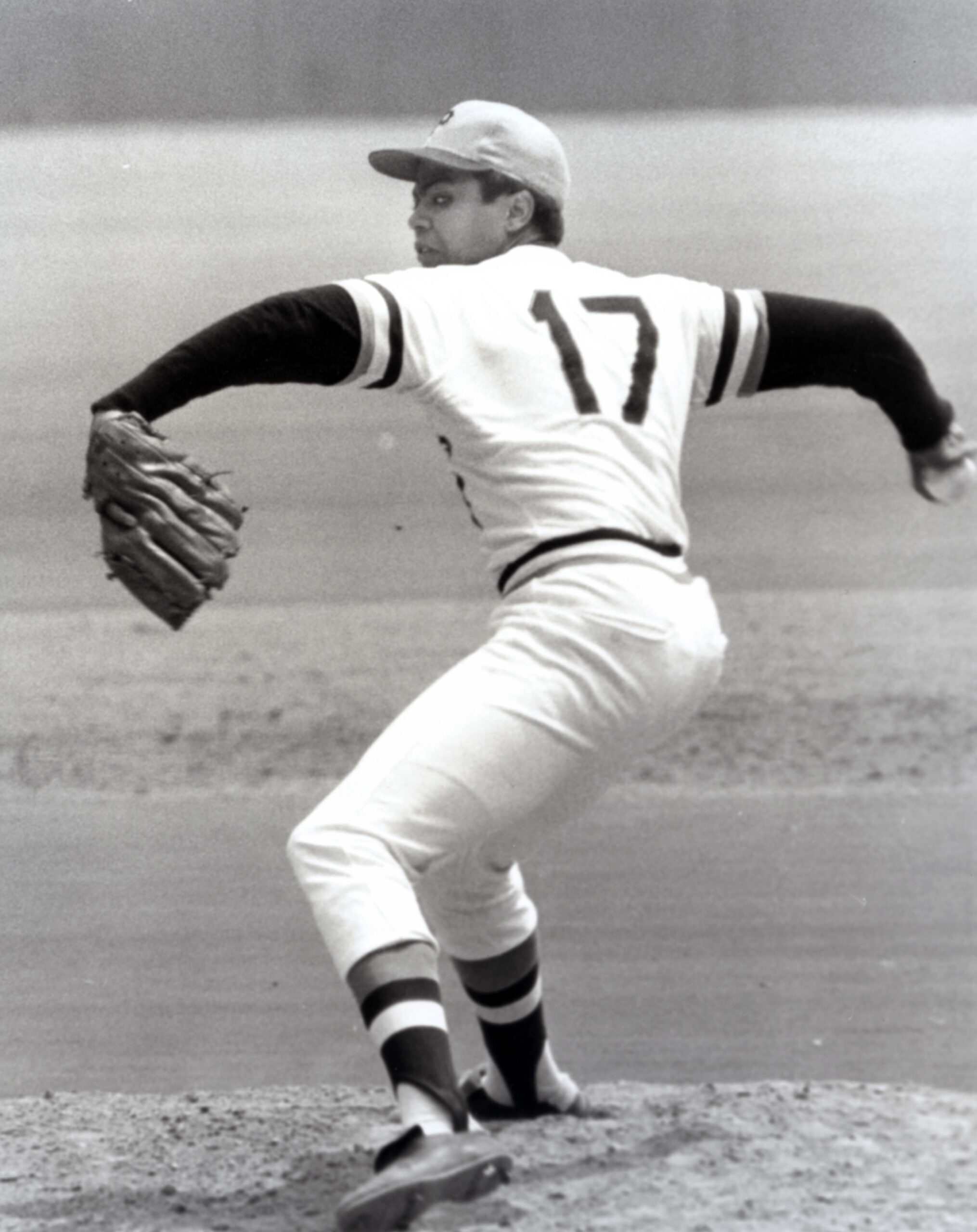
Baseball’s drug policies reflect evolving attitudes toward both performance and player behavior. The sport’s most famous chemical enhancement story remains Dock Ellis’s 1970 no-hitter while under the influence of LSD—a feat that stands as both an incredible athletic achievement and a surreal footnote in baseball history.
Ellis later described the experience as terrifying, claiming he saw the ball change sizes and batters transform into hallucinations. That he managed to record 27 outs without allowing a hit speaks either to remarkable athletic muscle memory or the strangest luck in pitching history.
Today’s comprehensive testing protocols for both performance-enhancing and recreational drugs acknowledge dual concerns: competitive integrity and player welfare. The policies recognize that substance use affects not just statistical outcomes but the health and longevity of the people producing those statistics. The official list of banned substances in MLB includes both performance-enhancing and recreational drugs, underscoring the league’s dual focus on competitive integrity and player welfare.
12. Banning Chewing Tobacco
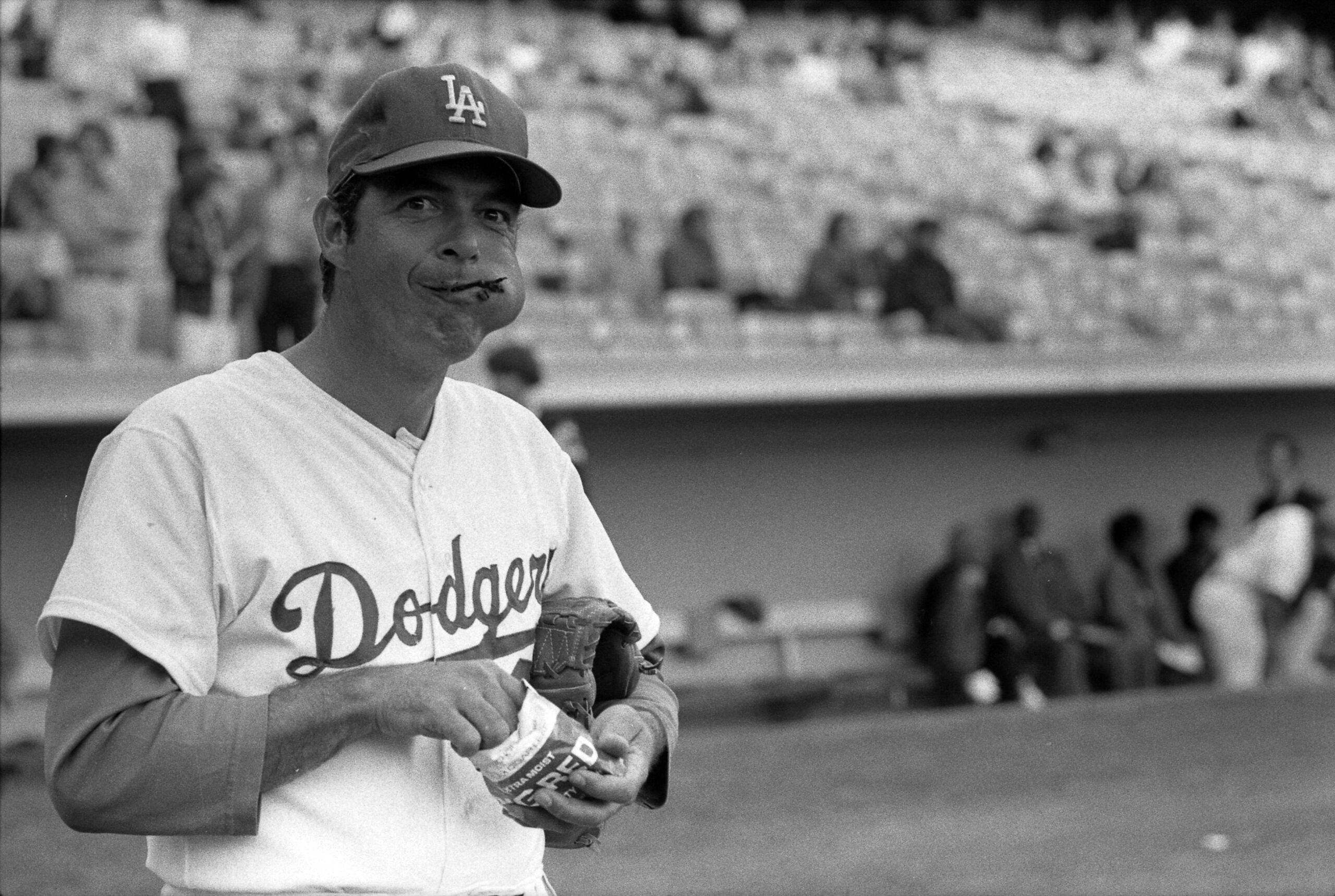
For generations, the image of a baseball player included a cheek bulging with chewing tobacco—as much a part of the uniform as the cap. The relationship between baseball and tobacco was so ingrained that tobacco companies once included baseball cards in their products, creating an early association between the sport and the habit.
Health concerns eventually forced a reckoning. MLB banned tobacco for new players in 2016, grandfathering in veterans but ensuring the practice would eventually disappear completely. Unlike performance enhancers, tobacco offered no competitive advantage—it was simply a harmful tradition that had outlived its cultural moment.
The tobacco ban represents baseball’s acknowledgment that some traditions, no matter how longstanding, deserve to be left behind. The sport’s visual identity has slowly transformed, with the tobacco-stained spittoon gradually becoming as obsolete as flannel uniforms. MLB’s smokeless tobacco policy, enacted in 2016, prohibits new players from using these products on the field, reflecting the league’s commitment to player health and evolving public health standards.
11. Banning Sticky Substances

The arms race between pitchers and hitters has repeatedly forced baseball to redefine what constitutes fair competition. Pitchers seeking better grip have progressed from rosin to pine tar to modern concoctions that transform ordinary fastballs into physics-defying projectiles.
The 2021 crackdown on sticky substances came after spin rates reached levels that threatened to fundamentally break the game. When Trevor Bauer demonstrated how dramatically these substances could enhance performance, it forced MLB’s hand. Pitchers suddenly throwing with unprecedented movement had tilted the playing field too far.
The enforcement campaign demonstrated baseball’s commitment to maintaining some semblance of offensive balance. A sport where pitchers can manipulate the ball to produce movement that hitters can’t reasonably track becomes less competition and more exhibition.
10. Banning Corked Bats and Pine Tar
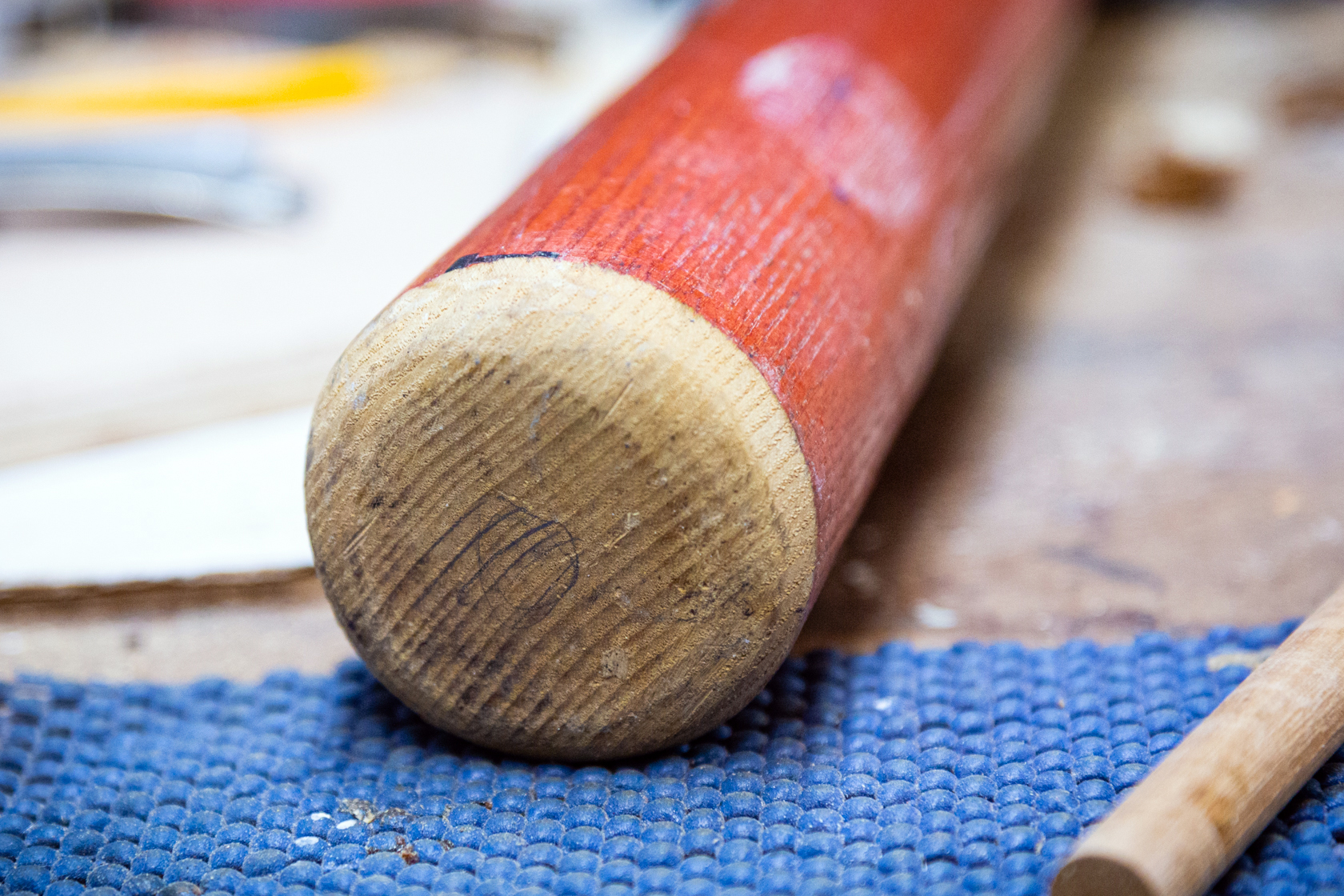
Modified equipment controversies have produced some of baseball’s most memorable moments. Sammy Sosa’s corked bat incident in 2003 added another layer of suspicion to an already questionable home run chase. His claim that he only used the doctored bat for practice demonstrations, not games, convinced few observers.
The most famous equipment dispute remains George Brett’s pine tar incident in 1983. His volcanic eruption after being called out for excessive pine tar on his bat became an iconic image of competitive fury. The American League’s decision to overturn the call and resume the game later acknowledged that while rules matter, their enforcement should serve the game’s spirit rather than mere technicalities.
These incidents highlight baseball’s ongoing concern with equipment manipulation. The rules specify exactly how bats can be treated, reflecting the fine line between acceptable preparation and unfair advantage. According to MLB bat regulations and enforcement protocols, any modification—such as corking or excessive pine tar—can lead to player ejection and further discipline, emphasizing the league’s strict equipment standards.
9. Banning Fortnite
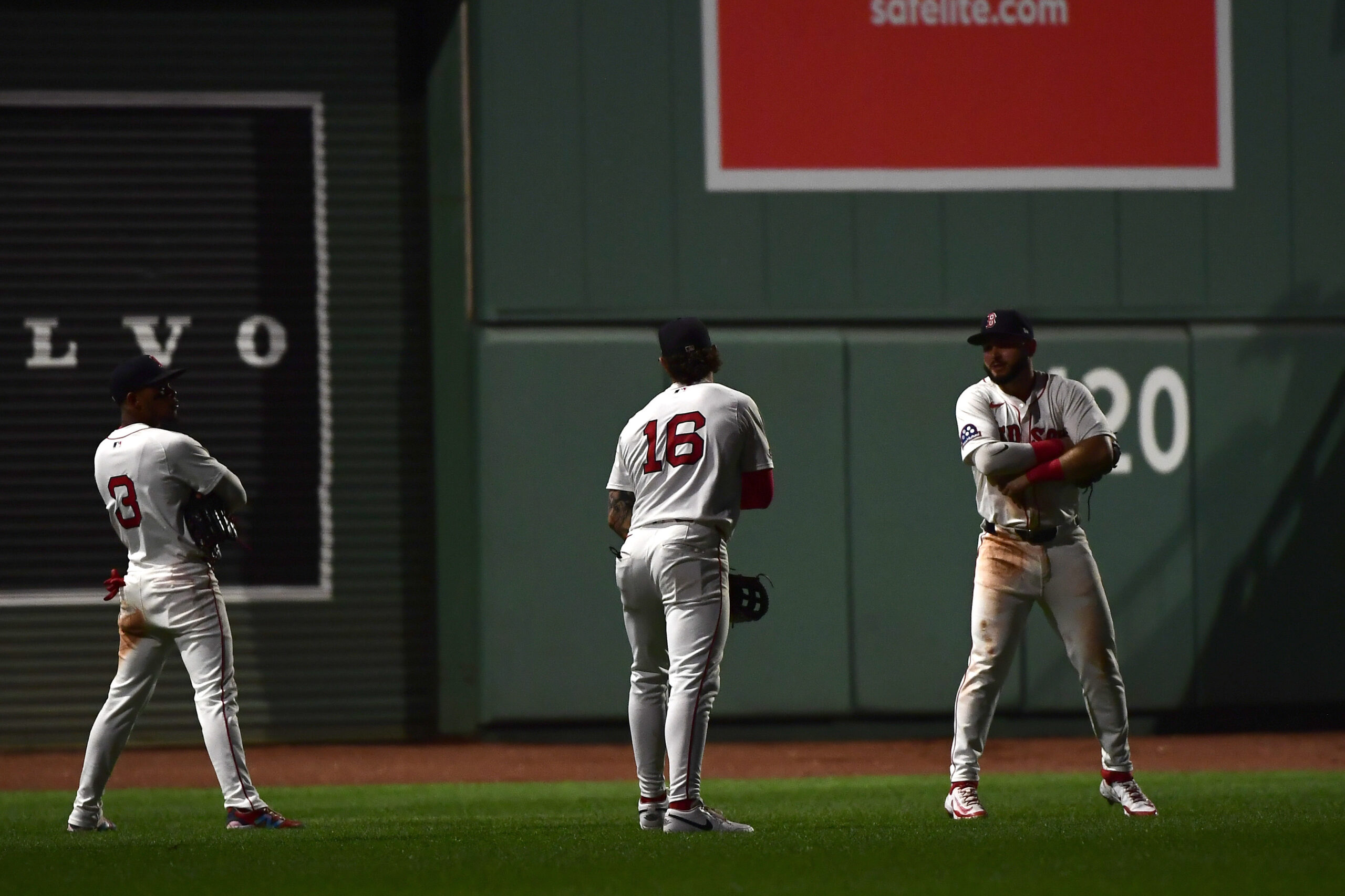
When the Boston Red Sox limited Fortnite play during their 2018 championship season, it represented baseball’s acknowledgment that off-field activities increasingly impact on-field performance. As video games became more immersive and time-consuming, teams began viewing excessive gaming as potentially detrimental to player focus and rest.
This restriction highlights the evolving nature of professional athlete management. Teams invest millions in player contracts and expect total commitment in return. The gaming limitations reflect a broader concern with how players spend their energy and attention during a grueling 162-game season.
The Fortnite effect on MLB clubhouses led teams to reconsider how off-field habits, such as late-night gaming, could impact player performance and team cohesion. Card games and dominoes once dominated player downtime; now teams must consider whether virtual battle royales are helping or hurting their championship aspirations.
8. Jazz Chisholm’s Ice Cream Glove

When Jazz Chisholm debuted his strawberry ice cream-inspired glove with white sprinkles, it represented the perfect collision between baseball’s personality renaissance and its rulebook rigidity. The colorful mitt violated Rule 3.06, which restricts glove colors that might blend with the baseball.
The glove controversy exemplified baseball’s ongoing tension between marketing individual stars and maintaining traditional equipment standards. In an era where the sport actively encourages players to “let the kids play” and express themselves, the uniform and equipment restrictions sometimes send contradictory messages.
Chisholm’s creative expression resonated with younger fans who appreciate athletes with distinctive personalities. The rule enforcement, while technically correct, highlighted baseball’s challenge in balancing competitive fairness with the kind of personal flair that helps the sport connect with new audiences.
7. Alex Verdugo’s Chains

Alex Verdugo’s jewelry reduction after joining the Yankees illustrated how team culture can override personal expression. The Yankees’ famously strict appearance policy—no beards, short hair, and minimal jewelry—forced Verdugo to scale back from his multi-chain look to a more modest single necklace.
This restriction represents baseball’s most traditional franchise holding firm against evolving player expression norms. While most teams have relaxed appearance standards, the Yankees maintain their corporate, clean-cut image through strict enforcement of appearance standards that date back to the George Steinbrenner era.
Verdugo’s adjustment symbolizes the ongoing negotiation between individual identity and team affiliation. The Yankees believe their uniform policy creates a sense of unity and professionalism, while critics argue it unnecessarily suppresses player individuality in a sport trying to market its stars.
6. Maldonado’s Albert Pujols Bat
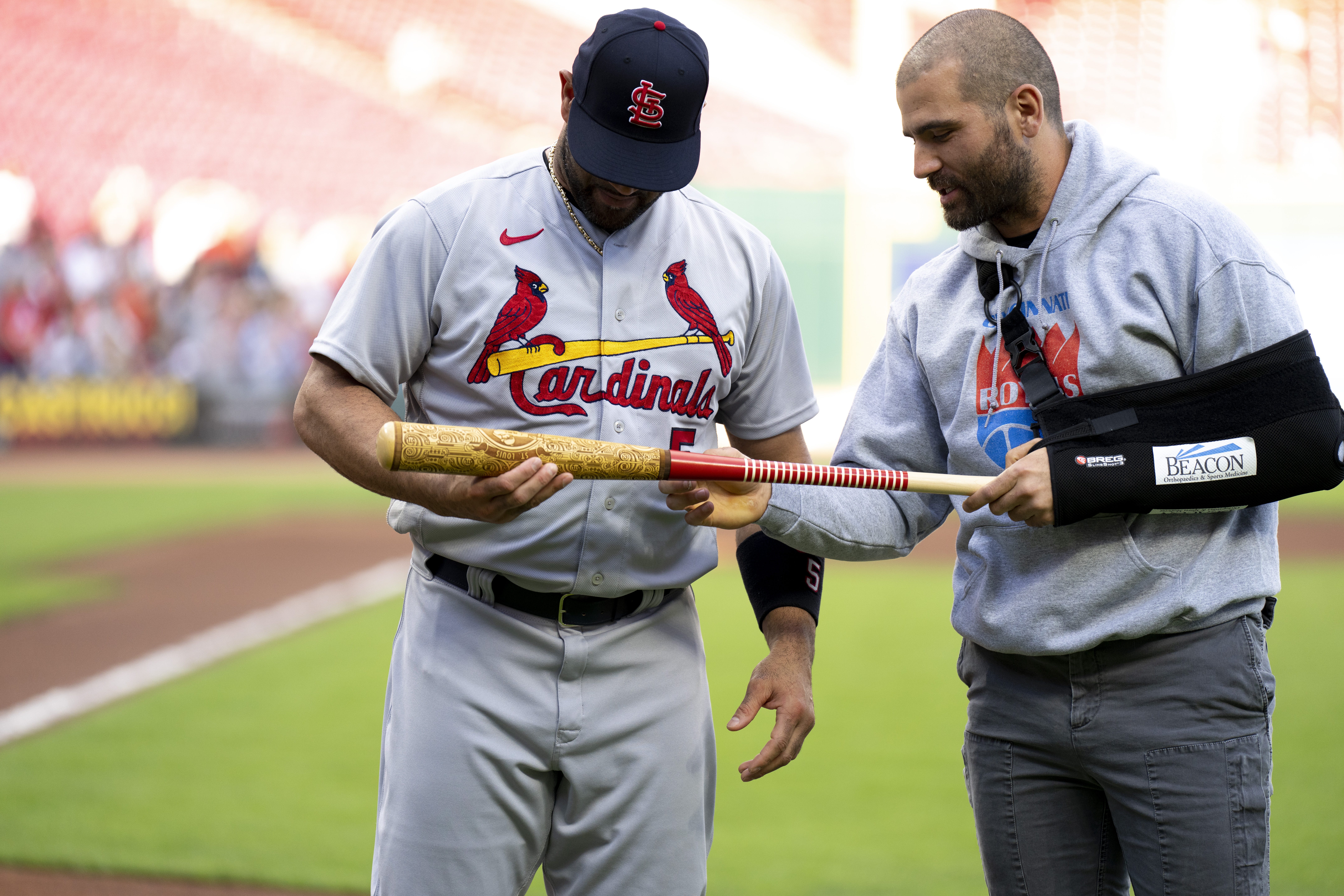
When Martín Maldonado used Albert Pujols’ maple bat model during the 2022 World Series, he intended it as a tribute to his friend’s 700-homer milestone. After one game, MLB officials determined the bat violated regulations and prohibited its further use.
The incident highlighted baseball’s commitment to equipment standards even during its championship showcase. While the tribute showed respect for a baseball great, the rules regarding bat specifications remained paramount. The larger barrel size of Pujols’ model gave Maldonado a technical advantage, even if his motivation was sentimental rather than competitive.
This case demonstrated how even well-intentioned equipment choices face scrutiny when they conflict with established standards. Baseball’s equipment regulations serve both competitive balance and player safety, considerations that ultimately outweighed the meaningful gesture.
5. Pride Jerseys and Riots
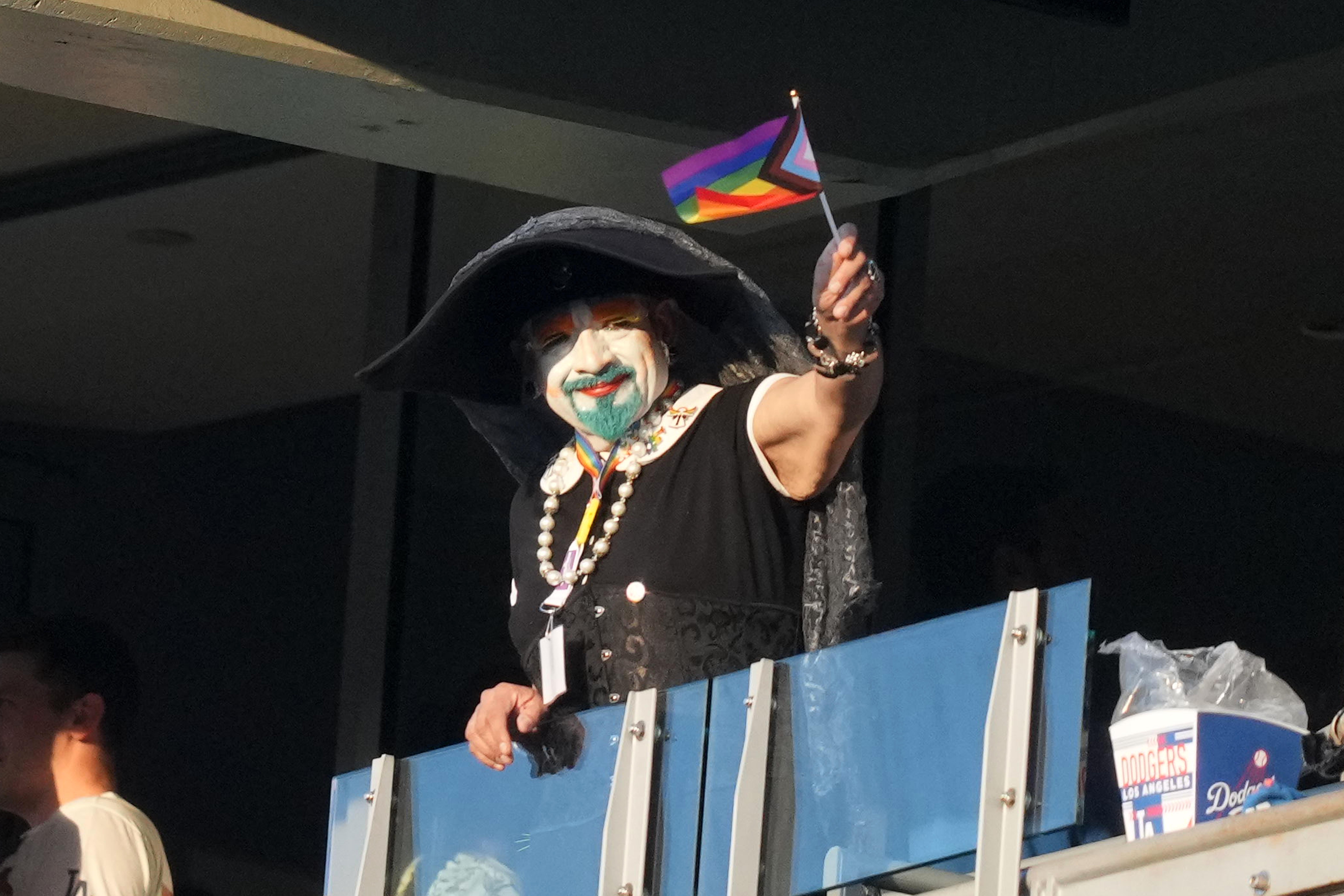
MLB’s inclusion efforts through Pride celebrations revealed the challenges sports leagues face when addressing social issues. When some players declined to wear rainbow logos, citing religious beliefs, it created tension between the league’s diversity initiatives and individual expression.
The controversy placed baseball at the center of broader cultural debates about inclusion, religious freedom, and corporate social responsibility. The league faced criticism from multiple perspectives—some arguing it should require universal participation in such initiatives, others defending players’ right to abstain based on personal convictions.
This situation revealed the difficulty of navigating social issues in an increasingly polarized environment. Baseball’s attempt to create a more welcoming atmosphere for LGBTQ+ fans and players collided with the diverse perspectives within its own clubhouses, creating no clear winners and highlighting the complexity of modern sports leadership.
4. Ben Zobrist’s Black Cleats
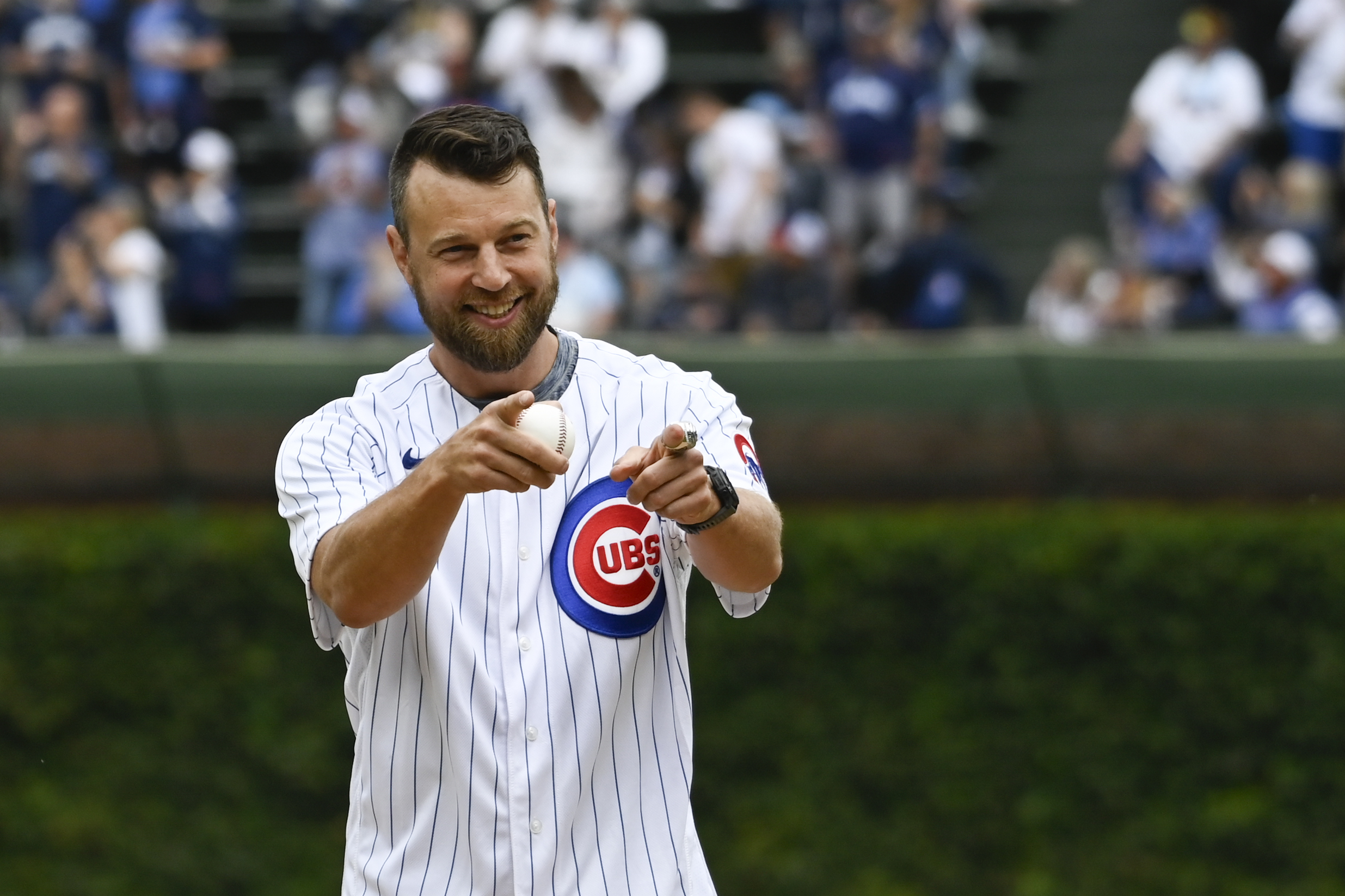
Ben Zobrist’s 2018 challenge to MLB’s footwear restrictions demonstrated how player advocacy can lead to meaningful rule changes. When he received a warning for wearing black cleats that violated team color requirements, he publicly questioned the restrictions rather than quietly complying.
His stand, along with similar protests from other players, prompted MLB to relax its cleat regulations the following season. The policy change acknowledged that footwear had become an important avenue for player expression and that overly strict enforcement was creating unnecessary friction.
Zobrist’s case shows how baseball’s rules evolve not just through official channels but through player-driven challenges. His willingness to question established policies ultimately contributed to a more flexible approach that better balanced uniform consistency with personal expression.
3. Yasiel Puig’s Vin Scully Cleats
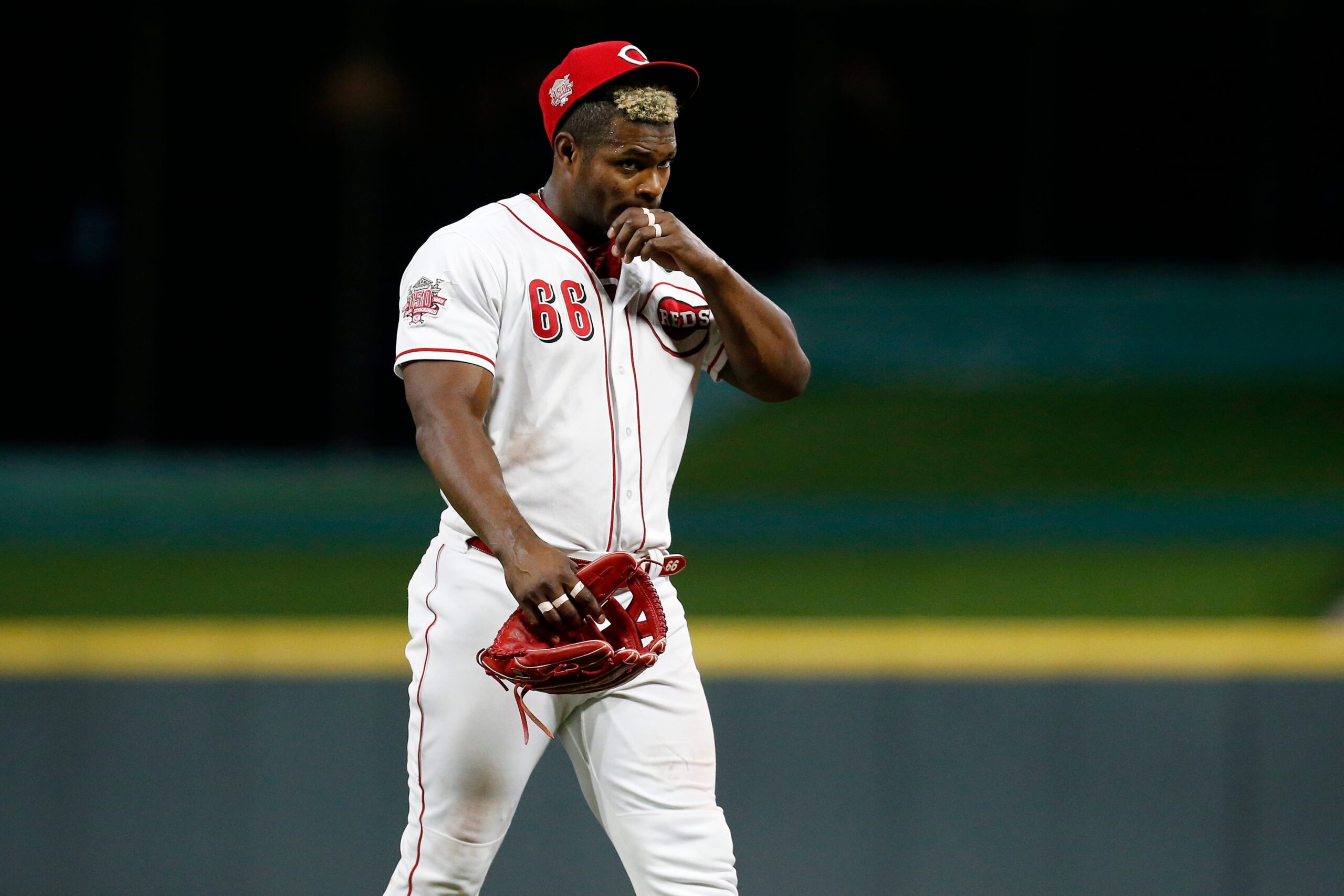
Yasiel Puig’s cleats honoring legendary broadcaster Vin Scully during his final season demonstrated how tribute footwear can navigate MLB’s regulations. The design, which featured Scully’s image and signature phrases, blended team colors with personal elements in a way that respected both the rules and the sentiment behind them.
Even MLB’s social media accounts highlighted the special cleats, showing how the league can embrace meaningful expressions when they’re executed thoughtfully. The positive reception to Puig’s tribute contrasted with the restrictions placed on other custom footwear, highlighting the subjective nature of equipment enforcement.
This case demonstrated that baseball can accommodate personal expression when it connects to the sport’s history and values. Honoring Scully, whose voice had defined Dodgers baseball for generations, represented the kind of tribute that enhances rather than undermines the game’s traditions.
2. Trevor Bauer’s ‘Free Joe Kelly’ Cleats
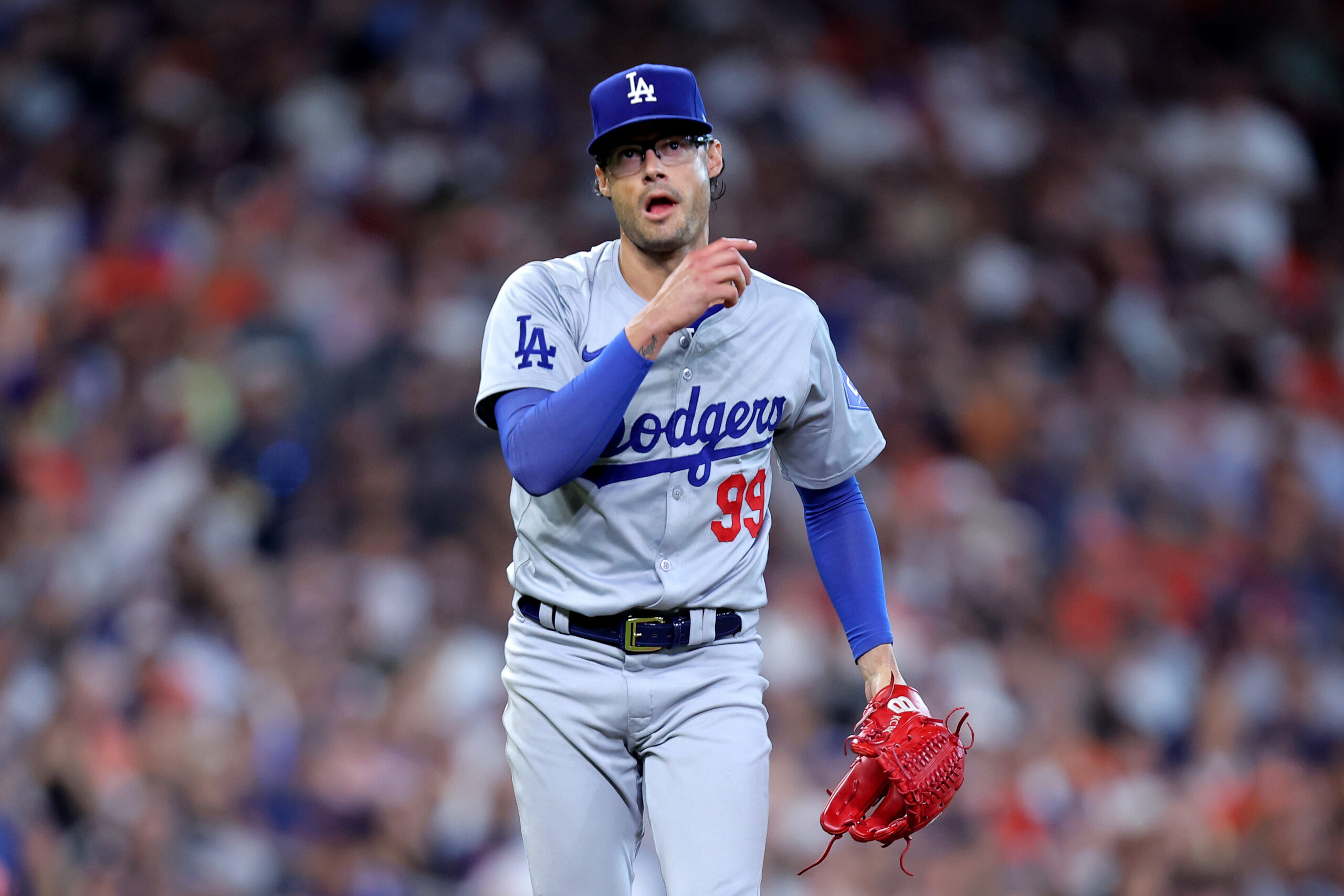
Trevor Bauer’s planned protest footwear supporting suspended pitcher Joe Kelly never made it to the field after MLB intervention. Officials warned of consequences before he could wear the cleats, which would have supported Kelly following his suspension for throwing near Astros batters during the fallout from their sign-stealing scandal.
The incident highlighted MLB’s control over equipment-based messaging, particularly when it involved criticism of league disciplinary decisions. Bauer later expressed frustration at what he saw as inconsistent enforcement of rules, noting that other message-bearing equipment had been permitted.
This case demonstrated the limits of player expression when it directly challenges league authority. While baseball has become more tolerant of personal statements through equipment, it draws a firm line at displays that question its own governance.
1. David Wells’ Babe Ruth Hat
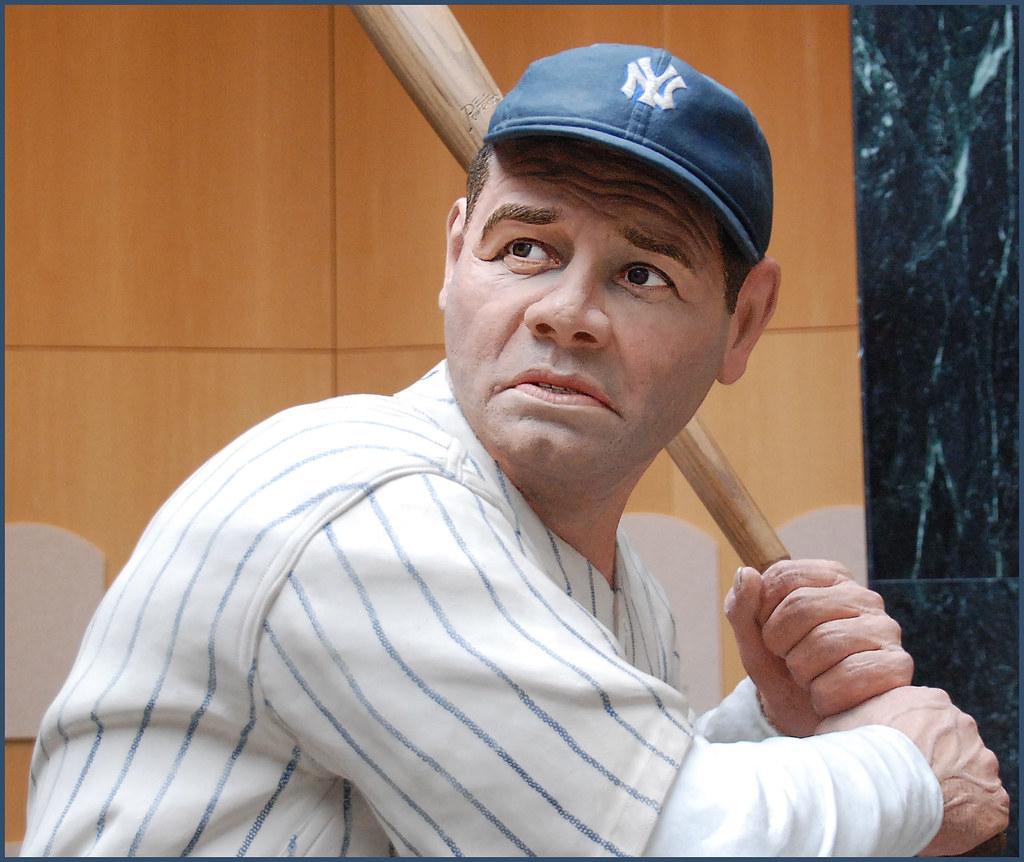
David Wells’ tribute to baseball history resulted in disciplinary action when he wore Babe Ruth’s vintage cap for one inning of a 1997 game. Manager Joe Torre made him remove it after the first inning, and Wells received a fine despite his intention to honor a Yankees legend.
The cap, which Wells had purchased at auction, later became a valuable collector’s item, selling for over $500,000. This shows how even brief rule violations can become significant parts of baseball lore, with the monetary value of the cap increasing precisely because it had been worn in an unauthorized game appearance.
Wells’ tribute reflected his appreciation for baseball history, but it ran afoul of uniform regulations that prioritize consistency over sentiment. The incident demonstrated that even celebrations of the game’s greatest figures must conform to current standards—a reminder that baseball honors its past while strictly regulating its present.

